
State License Renewal Made Simple and Easy.
Learn from Anywhere on Any Device.
Record of All Your Course History.
Money-Back Guarantee!
We Report to CE Broker | Florida Provider Since 2000.
Job Description
Course Bundles
Course Hours

Preventing Medical Errors
Release date: 8/15/2023 Expiration date: 6/1/2024 Needs Statement The 1999 Institute of Medicine rep... Read More

Domestic Violence Update
Release date: 6/10/2022 Reviewed and renewed: 6/10/2023 Expiration date: 6/1/2024 NEEDS STATEMENT Do... Read More

HIV/AIDS 1 Hour Update for Florida Health Professionals
Release date: 12/20/2022 Expiration date: 6/1/2024 COURSE GOALS This course is designed to meet the ... Read More

Human Trafficking Update for the Healthcare Professional
Release date: 8/20/2020 Reviewed and renewed: 8/20/2023 Expiration date: 6/1/2024 COURSE DESCRIPTION... Read More

Domestic Violence 3 Hour: Focus on Child Abuse
Release date: 7/1/2020 Expiration date: 6/1/2024 COURSE OVERVIEW This course focuses on child maltre... Read More

End of Life Care
Release date: 12/18/2020 Reviewed and renewed: 12/18/2021; 12/18/2022 Expiration date: 6/1/2024 TARG... Read More

Fit to Perform: Recognizing Impairment in the Workplace
Release date: 12/15/2020 Reviewed and renewed: 12/15/2021; 12/15/2022 Expiration date: 6/1/2024 TARG... Read More

Florida Laws and Rules of Nursing
Release date: 7/1/2020 Reviewed and renewed: 7/1/2022; 7/1/2023 Expiration date: 6/1/2024 TARGET AUD... Read More
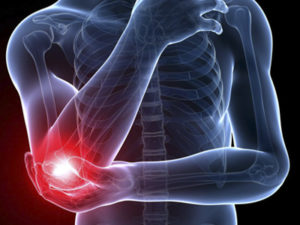
Pain Management Update
Release date: 12/15/2020 Reviewed and renewed: 12/15/2021; 12/15/2022 Expiration date: 6/1/2024 TARG... Read More

Florida LPN IV Therapy Certification
Release date: 09/01/2021Reviewed and renewed: 09/01/2022; 09/01/2023Expiration date: 09/01/2024 For ... Read More
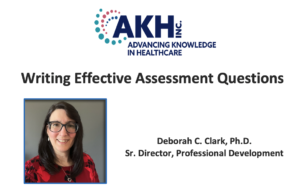

Activity 1 – Defining and Managing Pain
Release date: 6/1/2023 Expiration date: 6/1/2024 Activity OverviewThis accredited CE activity was de... Read More
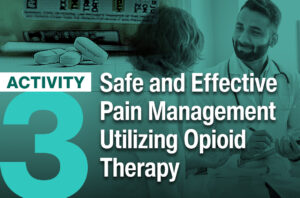
Activity 3 – Safe and Effective Pain Management Utilizing Opioid Therapy
Release date: 6/1/2023 Expiration date: 6/1/2024 Activity OverviewThis accredited CE activity was de... Read More

Activity 2 – Identifying and Managing Patients with Substance Use Disorder (SUD)
Release date: 6/1/2023 Expiration date: 6/1/2024 Activity OverviewThis accredited CE activity was de... Read More
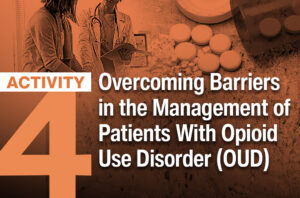
Activity 4 – Overcoming Barriers in the Management of Patients with Opioid Use Disorder (OUD)
Release date: 6/1/2023 Expiration date: 6/1/2024 Activity OverviewThis accredited CE activity was de... Read More

DEA MATE Act Substance Use Disorder 4-Activity Package
Release date: 6/1/2023 Expiration date: 6/1/2024 Activity OverviewThe recently enacted Medication Ac... Read More

The Theory of Implicit Bias and Strategies to Remedy Implicit Bias
Release date: 8/23/2023 Expiration date: 6/1/2024 Activity OverviewThis CE activity will define impl... Read More

Implicit Bias
Release date: 8/23/2023 Expiration date:6/1/2024 Activity OverviewThis learning module offers 2.0 ho... Read More

Atypical Buprenorphine Initiation & Combinations: Using Opioid Affinity to Your Advantage
Case 1: Persistent Naloxone Infusion in an Opioid-Dependent PatientCase 2: Buprenorphine P... Read More

Suicide and Substance Use
Case 1: “I Don’t Care if I Don’t Wake Up” – Suicidal thoughts and... Read More

A Discussion of Pediatric Cannabis Ingestions and a Case Involving a Patient Admitted to a Research Unit
Case 1: Beyond Colorado – discussion of pediatric cannabis ingestions trends and clinical... Read More

Benzodiazepine Prescriptions and Their Ensuing Challenges
Case 1: A 53 year old female with opioid use disorder is prescribed diazepam and buprenorphine ... Read More
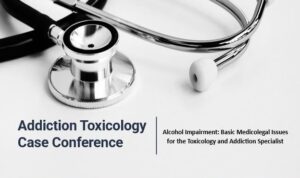
Alcohol Impairment: Basic Medicolegal Issues for the Toxicology and Addiction Specialist
Case 1: Intoxication and safe clearance from the Emergency Department – is there a role f... Read More

Addressing Benzodiazepine Dependency and Withdrawal: Exploring Treatment Strategies and Pharmaceutical Alternatives
Case 1: Treatment Approaches and Pharmacologic Options for Benzodiazepine Dependence and Withdr... Read More

Fellows’ Experience with Micro and Macro Initiation
Case 1: Low Dose InitiationCase 2: ‘Macro Induction’ – Go Big or Go Home Relea... Read More

Chemsex
Case 1: Getting “handsy” at the Gas Station. Case 2: Trench Coats, Poppers & Viagr... Read More

Kentucky LPN IV Therapy Certification
Release date: 03/20/2024Expiration date: 03/20/2027 WELCOMEWelcome to AKH Inc., Advancing Knowledge ... Read More


